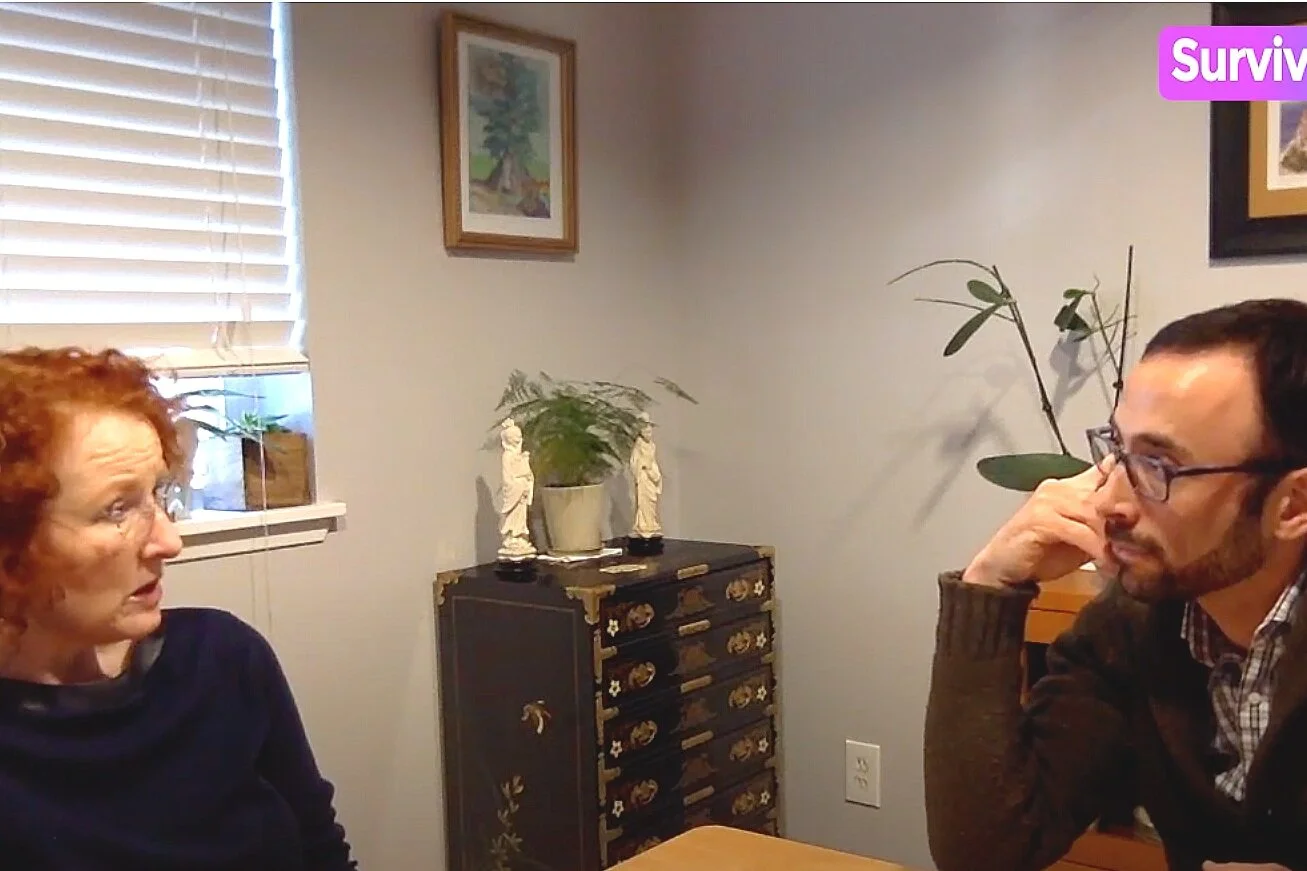What do you mean reflexes aren’t automatic?!
Reflexes, everyone has them. No one can live without them. You probably learned all about them back in health or science class that they are all that unconscious stuff we do like breathing, hearts pumping or the whole eye blinking thing. So what do reflexes have to do with anxiety? Or my ADHD child who can’t focus and takes forever to calm down? Or with headaches or why someone might gag easily?
Mother nature issues each of us with our own set of involuntary patterns, the Infant Reflex Patterns, that are automatic motor responses to sensory triggers, patterns that start in utero. Some aid us in the birthing process, others help us to suckle at our mother’s breast, learn to eat solids and eventually they get us upright in gravity as we learn to walk. Most are activated and can be sustained by 6 to 18 months old then these responses get stored in the lower to mid-brain. Now the upper brain can begin to inhibit and integrate these patterns, to direct and control the muscles used, giving us choice over the automatic responses. But what happens when they don’t get inhibited and they don’t integrate to work the way they were designed? What happens when they persist beyond infanthood?
Anxiety, sensitivities, fidgeting, focus, eating issues, speech challenges, vision or learning problems can all be impacted by primary and oral reflexes that aren’t working as designed, aren’t being automatic. We accept so many of our responses to the environment around us because it’s the way we’ve been since infancy. We tell ourselves it’s just who I am when the real reason is we’ve never outgrown these reflex responses.
Maybe your story is you’ve always been anxious and easy to startle. Or that sitting still is a challenge for you and certain textures in clothing or socks drive you buggy. Did you know retained reflexes often get mistaken for ADHD? Or perhaps your feet are extremely sensitive, ticklish and or they often hurt. If certain food textures make you gag, certain sounds are hard to make and TMJ gives you headaches those are all signs of a persistent infant reflex.
But what if you could change that? By using the holistic movement-based activities of Reflex Integration you can improve daily life and make learning easier. Don’t we all just want to be comfortable in our skins and exercise more control over our reactions to environmental triggers? With Reflex Integration we tackle integrating any retained infant reflexes into the sensory processing systems of the brain with gentle movements. Once they’re integrated you have control how you respond to distractions, or being startled, or new foods as examples many of the daily interactions lots of us take for granted.
This is just the beginning come back to the wonderful world of reflexes! If you’d like to know more check out other blog posts or schedule a complimentary 30- minute phone consult with me to discuss your unique challenges.







